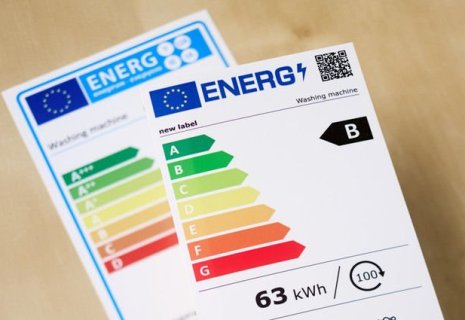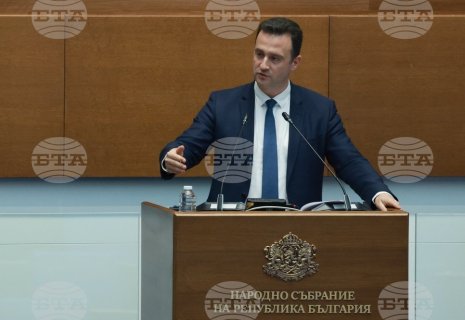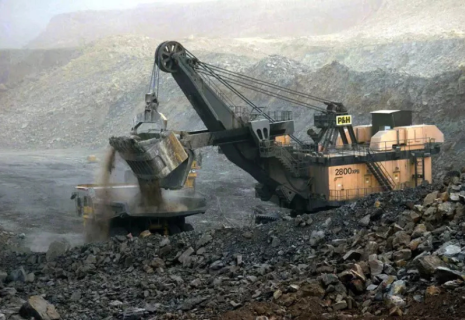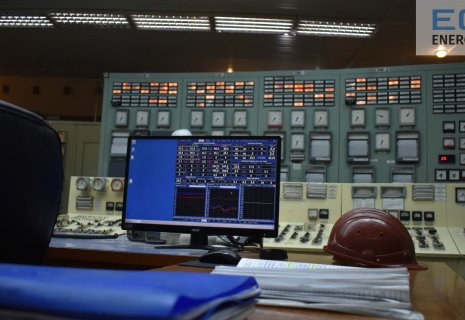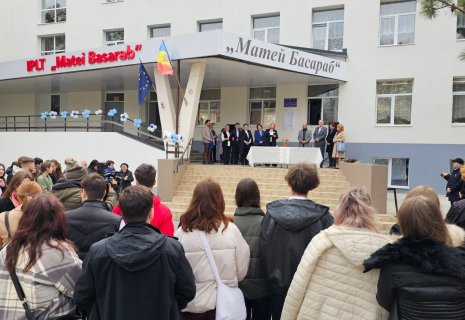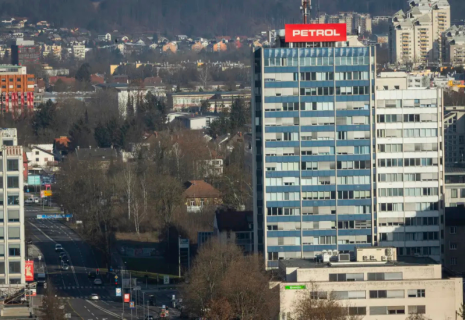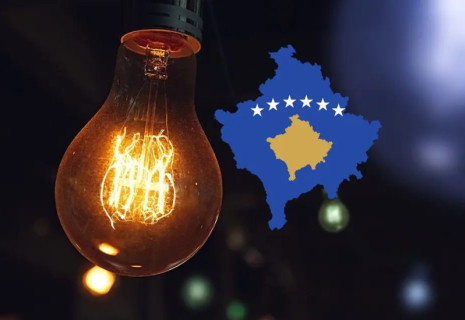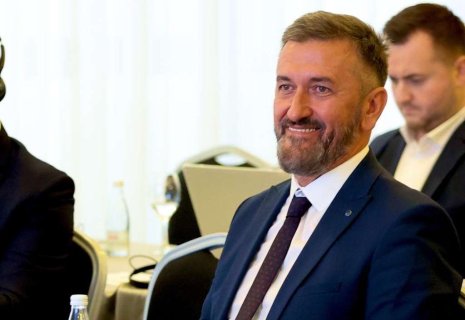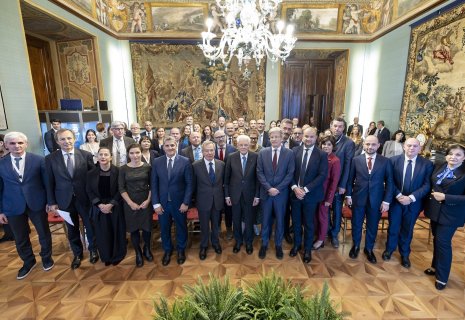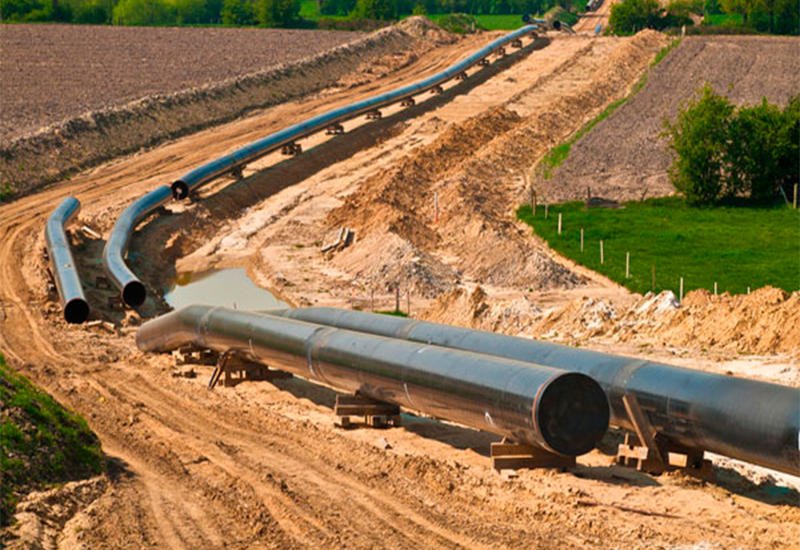
Vertical Corridor: Europe's visionary project in region’s energy development
By CE Report Editorial Team
Bulgaria’s Energy Minister Zhecho Stankov announced that the country is set to launch construction on a gas grid expansion project in the coming weeks, Bloomberg reports. The initiative is part of a broader regional strategy to enhance capacity following Ukraine’s decision to halt Russian gas transit. Stankov highlighted the increasing demand for natural gas and Bulgaria’s efforts to secure agreements with grid operators for the Vertical Gas Corridor. This corridor is designed to boost the transit of liquefied natural gas from Greek terminals northward, supplying Ukraine, Moldova, and extending to Hungary and Slovakia.
The development of the Vertical Gas Corridor is essential, as its successful implementation could compensate for lost transit capacity and enhance regional energy security. The project aims to diversify Europe’s gas supply amid geopolitical uncertainties while strengthening the energy independence of participating nations. Its success depends on political commitment, infrastructure investments, regulatory alignment, international cooperation, and technological progress to ensure adaptability.
This initiative seeks to integrate Europe's energy network by facilitating the exchange of natural gas, electricity, and renewables between Central Asia, the Caucasus, and Europe. By linking energy-rich regions with high-demand markets, it aims to enhance energy security and contribute to the EU’s sustainability goals.
The Vertical Corridor emerged as a solution to Europe’s need for energy diversification, given the EU’s increasing reliance on external suppliers and its commitment to reducing carbon emissions. Countries like Azerbaijan, Turkmenistan, and Kazakhstan, rich in natural gas, oil, and renewable energy, are essential partners in Europe’s energy strategy.
The energy corridor aims to transfer natural gas, electricity, and green energy from Central Asia and the Caucasus to Europe through existing and new infrastructure such as pipelines, power lines, and renewable energy plants. This aligns with the EU’s Green Deal and its strategy for reducing fossil fuel dependence, paving the way for a sustainable energy future.
A key aspect of the Vertical Corridor is its potential to attract significant investment in energy infrastructure. By fostering partnerships between public and private stakeholders, the project can accelerate the construction of energy transit routes, expand renewable energy capacity, and modernize grid networks, creating jobs and driving technological advancements.
The Vertical Corridor could also serve as a model for future transregional energy projects, showing how cooperation between energy-producing and energy-consuming nations can lead to mutually beneficial outcomes. The success of this initiative may inspire similar projects focused on integrating renewable energy into global supply chains, reinforcing international cooperation on energy security.
The project enhances the EU’s role as a leader in global energy transition efforts. By engaging with Central Asian and Caucasus nations, Europe can reinforce its geopolitical influence while promoting sustainable economic growth. Thus, the Vertical Corridor represents a strategic initiative aligned with broader energy and climate policies.
The corridor helps mitigate Europe’s energy vulnerability by reducing dependence on a small number of suppliers, particularly Russia, strengthening geopolitical stability and energy partnerships with Central Asia and the Caucasus.
Additionally, the project supports the EU’s goal of energy diversification by offering access to renewable resources like wind, solar, and hydropower, abundant in Central Asia. By tapping into these resources, the corridor can help Europe meet its climate goals and stimulate economic growth.
The corridor also benefits energy transit countries by opening new export routes and boosting regional cooperation, fostering economic development in Azerbaijan, Turkmenistan, and other participating nations.
The Vertical Corridor is a critical component of Europe’s energy future. As global demand for clean energy rises and geopolitical conditions evolve, such projects will be key in shaping regional energy security and sustainability. With continued investment and political will, it could become one of the most transformative energy initiatives of the 21st century.


